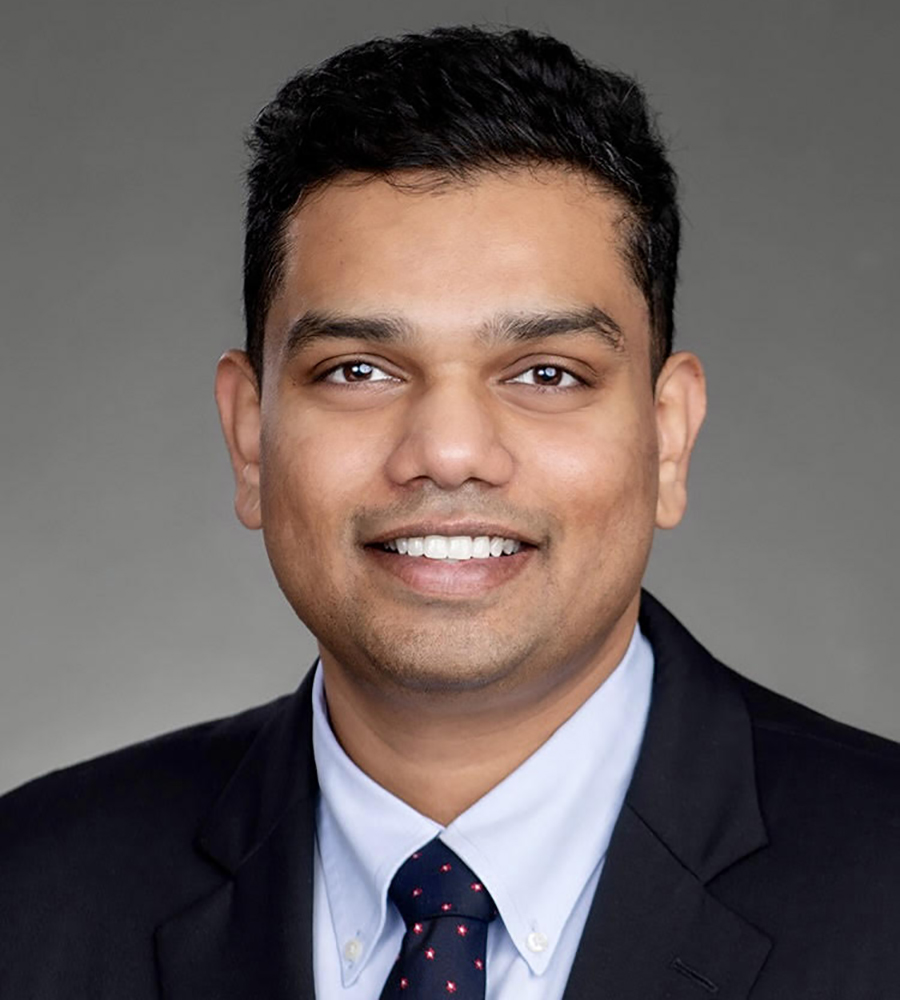
Raghava Sekhar, MBBS
Raghava Sekhar, MBBS, is a resident at Aiken Regional Medical Centers FMR Program in Aiken, SC. He is a 2025 recipient of a STFM Foundation Faculty for Tomorrow Resident Scholarship.
Dr Sekhar's Family Medicine Story
Why are you interested in teaching family medicine?
Dr Sekhar: For me, family medicine has always been about building relationships—getting to know patients beyond their medical conditions and understanding their lives, communities, and challenges. My passion for teaching comes from the meaningful connections I've had with my mentors. Their guidance showed me the importance of supporting others just as they supported me. I enjoy observing how people learn and adapting my approach to meet their needs. Teaching allows me to be part of someone's growth, which is incredibly rewarding. I believe that it is an essential part of family medicine—passing on knowledge, sharing experiences, and fostering a sense of community.
Throughout my journey, I’ve been fortunate to mentor others, which has enriched my understanding of teaching. After medical school, I worked with marginalized students in India at the Telangana Social Welfare Residential Education Institution Society (TSWREIS), where I learned to adapt my approach to each student's unique background and challenges. Before residency, I managed a Clinical Research Internship Program at the University of Louisville, collaborating with professionals from various fields to develop a research curriculum for international physicians. This experience taught me how to bring together different perspectives to create a supportive learning environment. Over the past year, I have enjoyed teaching medical students and new interns in my residency program. Guiding a medical student on an inpatient pediatrics rotation interested in radiology through various findings and accompanying them to the reading room was highly rewarding. Identifying teachable moments and seeing others engage in learning is deeply fulfilling.
I am passionate about leveraging evolving technologies to make learning more accessible and engaging. Integrating new tools into education helps reach learners where they are and makes learning more meaningful. Teaching, like research and patient care, requires adapting to new challenges, learning continuously, and being open to different perspectives.
My experience in resource-limited settings in India and as a resident physician in the US has shown me the importance of effective teaching methods and democratizing learning to address health disparities. These experiences have deepened my commitment to bridging gaps in health care for underserved populations. I want to further health advocacy and equity in medical education to better serve underserved communities and ensure all learners receive the support they need. Teaching family medicine lets me combine my love of learning with my desire to inspire others and shape compassionate physicians who are committed to their communities.
How do you think you can make a difference in the future of family medicine?
Dr Sekhar: I aim to contribute to the future of family medicine by advancing medical education, championing patient-centered care, and driving innovations to improve access and quality. Family medicine provides comprehensive, continuous care to patients of all ages, and I am determined to be an active part of its evolution.
As a family medicine resident, I am committed to understanding primary care challenges, partnering with local leaders to develop impactful solutions, and driving the implementation of these innovations. By working closely with health care professionals and community stakeholders, I hope to address gaps in care, particularly in underserved populations. I will also develop the skills necessary to train future physicians, fostering a compassionate and adaptable workforce and mentoring them to become effective communicators in their communities.
Patient-centered care empowers patients and improves outcomes. By focusing on prevention, I aim to reduce chronic disease burden and encourage patients to take charge of their health. Preventive care is a cornerstone of family medicine, and I believe in its power to transform communities. My experience has shown me the importance of engaging patients in their health care journey and helping them make informed decisions. I plan to support the Society of Teachers of Family Medicine's advocacy efforts to expand the primary care workforce, support trainees, and reduce burnout while maintaining high-quality training. Ensuring that future family physicians are well-prepared and supported is crucial to meeting the growing demands of health care.
Primary care physicians also play a key role in combating misinformation, as seen during the COVID-19 pandemic. I will contribute by engaging in community outreach, promoting health literacy, and using effective communication strategies to address misinformation and build trust with my patients. By being a reliable source of information, I can help patients navigate complex health issues and make informed choices while also teaching the next generation of physicians to be effective communicators in their communities.
I also aim to contribute through health care innovation by leveraging technology and creating efficient care models to improve access. By integrating technologies like telemedicine and AI into daily practice, I aim to make health care more accessible and effective. Additionally, I plan to pursue a geriatrics fellowship to address the unique challenges faced by older adults and improve care for vulnerable populations. As the population ages, the need for compassionate and specialized care for older adults will continue to grow, and I want to be part of the solution to meet this need.
My commitment to education, patient-centered care, and innovation will help shape the future of family medicine. By focusing on these areas, I aim to make a meaningful difference in patient care, physician training, and health care resilience. Family medicine is the foundation of a healthy society, and I am dedicated to its growth and success.
Contribute to the Creation of the Next STFM Story
Transforming the future of family medicine would not be possible without the generosity of countless STFM members and supporters. Through both member and departmental donations, the STFM Foundation is able to support the pipeline for academic family medicine.
Help transform the future of academic family medicine by donating to the STFM Foundation. If you have questions about the STFM Foundation, contact Mindy Householder at (800) 274-7928 or mhouseholder@stfm.org.




